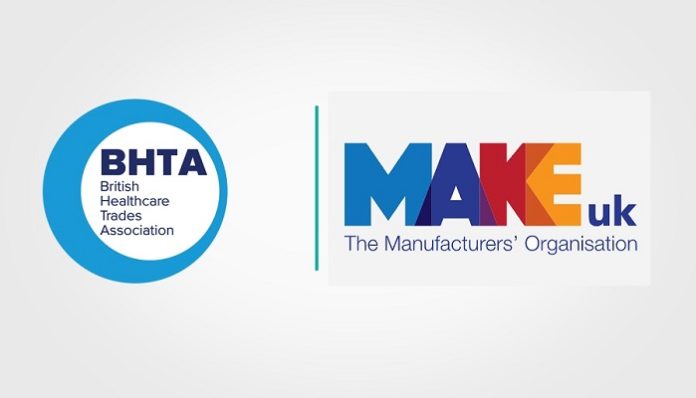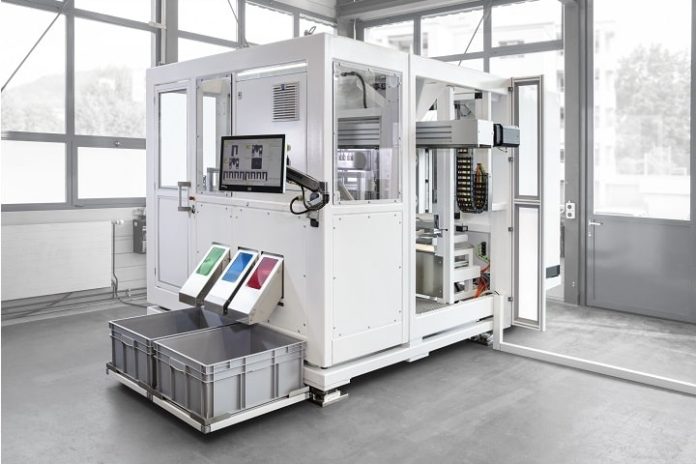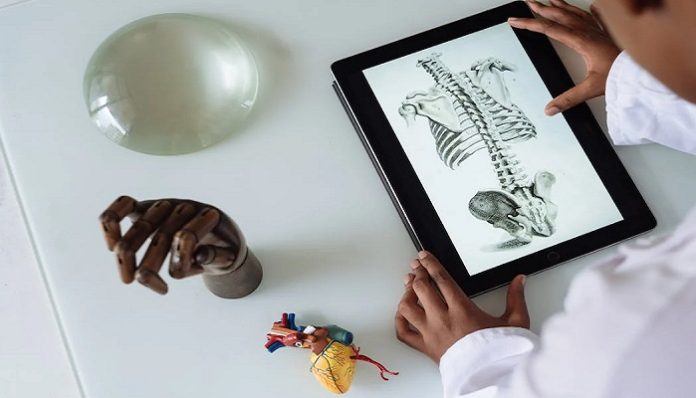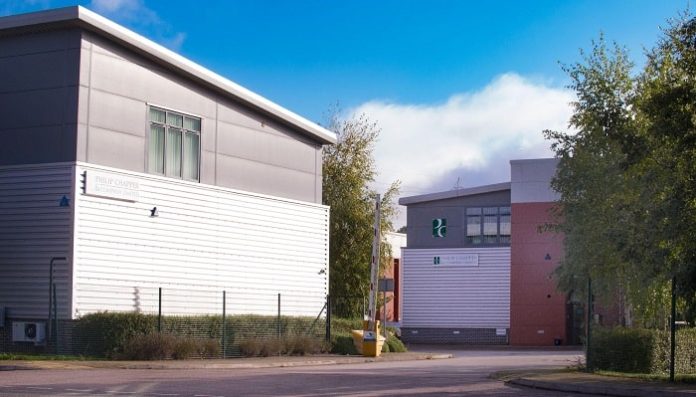Are you tired of those knee pains that seem to slow you down at every turn? If knee discomfort is a familiar companion in your daily life, you’re in the right place. Knee pain isn’t just a discomfort; it’s a roadblock to the things you love.
Whether it’s a leisurely walk in the park or even just climbing stairs, your knees play a pivotal role in your daily activities. That’s why understanding how to manage and prevent knee pain is crucial.
In this article, we will explore the complexities of knee pain, unraveling its multiple causes and offering practical solutions for relief.
Common Causes of Knee Pain
Among the prevalent contributors to knee pain, osteoarthritis stands out as a common factor. It’s a degenerative joint condition when the protective cartilage in your knees breaks down over time. It can lead to pain, stiffness, and reduced mobility.
Another frequent cause is injury or trauma. Whether a sudden twist or a fall, any significant impact or stress on the knee joint can result in pain and damage. Understanding such causes, therefore, becomes crucial for effective knee pain relief treatment. If not administered soon by a specialist, such traumatic injury might later alleviate the pain, resulting in more issues in the future.
In some cases, the daily tasks you can perform might be hampered by weak quadriceps, states Motive Health. Less mobility causes quadriceps to weaken further, aggravating discomfort that can spiral out of control. Using neuromuscular electrical stimulation to strengthen the quadriceps is necessary to stop this cycle from repeating.
Through such stimulation, muscles are strengthened, knee pressure is reduced, discomfort is diminished, and mobility is enhanced.
Tendinitis, the inflammation of the tendons around the knee, can also lead to discomfort, especially among athletes or individuals with repetitive knee movements.
Signs and Symptoms of Knee Pain
One of the most common symptoms is pain, of course. It may be sharp, dull, or throbbing, depending on the underlying cause. The pain can occur while walking, running, climbing stairs, or resting.
Swelling around the knee joint is another common sign. This swelling can range from mild puffiness to significant enlargement, often accompanied by warmth and redness.
Frequent reports of knee joint stiffness are not uncommon. It can become challenging to achieve full knee flexion or extension, resulting in a restricted range of motion.
Diagnosis and Medical Evaluation
The diagnostic process typically begins with a thorough review of your medical history. Your doctor will ask about your symptoms, their duration, and any specific events or activities that might have triggered the pain.
Gathering this information aids in narrowing down potential causes. The physical examination assumes a pivotal role, with your healthcare provider evaluating your knee’s range of motion, stability, and tenderness. They may also look for signs of swelling or deformity.
Imaging studies, such as X-rays, MRIs, or CT scans, are valuable tools to visualize the internal structures of the knee. These tests can reveal fractures, bone spurs, ligament tears, or cartilage damage.
Prevention Strategies
Maintaining an optimal weight is crucial. Excess weight can place undue stress on your knee joints. Therefore, effective weight management through a well-balanced diet and consistent exercise can notably diminish the likelihood of experiencing knee pain.
Exercise itself is a crucial preventive measure. They can be carried out through exercise-based prevention programs, which have shown progressive results, especially for athletes. According to Physiopedia, exercises should combine several forms of training, such as core, strength, and plyometric conditioning.
These exercises should be performed for a minimum of 20 minutes multiple times per week. Furthermore, emphasizing activities that enhance the muscles surrounding your knees can offer added stability and bolster the joint. These may include such as leg lifts and squats.
Select footwear that offers adequate arch support and cushioning, particularly if you participate in sports or activities that entail extensive running or jumping.
Treatment Options
When knee pain strikes, exploring various treatment options is essential to alleviate discomfort and improve your quality of life. The choice of treatment will depend on the cause and severity of your knee pain and your overall health.
For mild to moderate knee pain, conservative treatments are often sufficient. Rest, ice, compression, and elevation (RICE) can help reduce swelling and discomfort. According to Medical News Today, following an accident, you can start therapy immediately and keep going for 24-48 hours. The methods that this approach is used are as follows. Rest the damaged area first. Keep your weight off of it and try not to move it. When possible, use crutches, canes, splints, or braces.
Second, apply ice to the wound between four and eight times daily for 20 minutes. Within the initial three days, this is very crucial. Never let ice come into contact with your skin. Then add compression after that. It works for up to one week.
Wrap the region in the bandage securely enough to provide support without obstructing blood flow. The fourth step is elevation, which slows blood flow to the area and lessens bruising and swelling. According to specialists, elevating the region for two to three hours daily is ideal.
Surgery may be necessary for more severe cases or when conservative methods are ineffective. Procedures like arthroscopy can repair damaged cartilage or ligaments. Also, knee replacement surgery may be considered for severe osteoarthritis.
Lifestyle Adjustments for Knee Health
Regular exercise is key. According to research published in The Lancet Rheumatology, the most prevalent areas for osteoarthritis are the knees and hips. Thus, osteoarthritis in the knee is predicted to rise by more than 74.9% by 2050, which is far greater than expected.
Additionally, the obesity aspect cannot be disregarded. According to Dr. Liane Ong, chief scientist for research at IHME, management solutions must be developed to stop the advancement.
He concludes that exercise can help those with joint discomfort and can even prevent injuries from occurring earlier in life. Therefore, prioritize low-impact activities such as swimming or walking, which enhance knee-supporting muscles without overburdening the joints. Maintaining a healthy weight through a balanced diet and portion control can further alleviate strain on your knees.
Proper posture, often underestimated, plays a critical role. Pay attention to your body mechanics, particularly when lifting heavy objects or engaging in repetitive tasks. Using supportive footwear with good arch support can improve your knee alignment.
Physical Therapy and Rehabilitation
Physical therapy and rehabilitation are specialized programs to help individuals regain strength, flexibility, and knee mobility. It ultimately fosters a life free from pain and filled with activity.
In cases of knee pain, a physical therapist can evaluate your condition and design a customized treatment regimen to suit your requirements. Typically, they commence with gentle exercises and stretches aimed at enhancing your knee’s mobility and alleviating stiffness.
Addressing Knee Pain Is Essential
Understanding and addressing knee pain is essential for a pain-free life. Whether you’ve been dealing with knee discomfort or want to prevent it, the key is taking action. Remember, maintaining a healthy weight, regular exercise, and proper posture are essential for knee health.
If knee pain arises, don’t hesitate to consult a healthcare specialist and explore various treatment options. By making lifestyle adjustments and seeking timely care, you can ensure your knees stay strong, flexible, and pain-free.


























